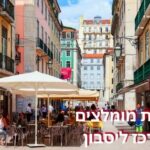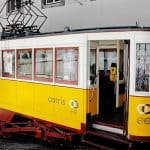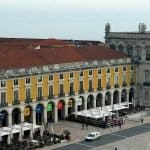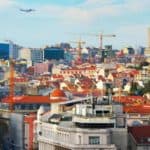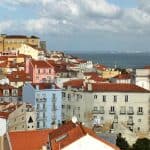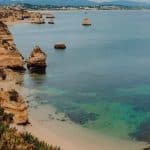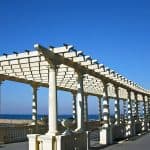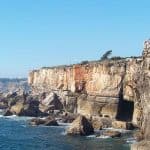Lisbon It is the capital of Portugal, the largest city in the country and an economic and cultural center which in recent years has become a popular destination that captures the hearts of its visitors.
Full of contrasts, you will find a variety of cultures, sites and rich architecture. A combination of past and future, Europe and the Middle East, warm weather, cheap transportation and an authentic atmosphere - an attractive destination for the young and old who visit it.
basic information
spoken language: Portuguese
population: About 500,000
Area: About 100 square kilometers
currency: Euro
Time: Israel 1-
visa: Israeli passport holders do not need a special visa
electrical power: As in Israel, 220 volts. The socket itself has 2 round holes
water: The tap water is safe and good to drink
Emergency phone number: Embassy of Israel in Lisbon - 00-351-21-0455500 | Address: Rua Antonio Enes, 16
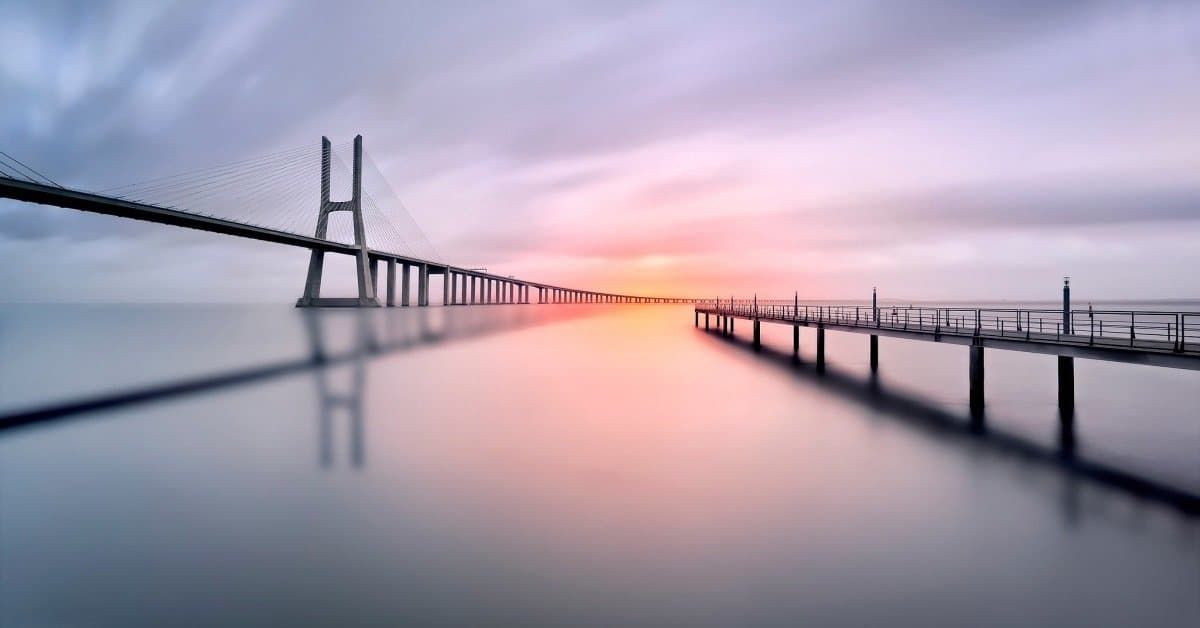
History on the edge of the fork
According to one version the city was founded by the Phoenicians and according to another by the Greeks. Either way, the rumors claim that at that time the city was nothing more than seven hills, and therefore one of its names is "City of Seven Hills".
In the 8th century the Moors conquered the city and in the 12th century the first king of Portugal, Dom Afonso, conquered it from them and it became the capital of the country in the next century. In the 16th century an earthquake occurred that completely destroyed the city and thousands of its inhabitants were killed, but its geographical location and being a trading port allowed it to be rebuilt as a major economic destination, until the 18th century when another earthquake occurred. Even after this, the city was rebuilt. During the 20th century, the city was the focus of two coups and in the last century, after the signing of the "Lisbon Treaty", it maintains a quiet and pleasant atmosphere and became a popular destination for tourists from all over the world.
Jewish community: At its peak, the Jewish community in the city numbered tens of thousands of Jews, many of them deported from Spain, and was mainly concentrated in the Baisha district. Their lives were not easy - in the 15th century many were forcibly baptized and in the 16th century about 3,500 of them were murdered in a pogrom. From then until the 19th century, the few Jews who survived the atrocities kept their religion in secret and it is estimated that today the Jewish community in the city numbers less than 1,000 people.
transportation
Getting around the city compared to its European neighbors is considered easy and cheap. The city is well networked and offers bus, metro and streetcar (tram) service as well as taxi and Uber service which is considered inexpensive. Most public transportation works until relatively late hours (around 1:00 am).
Arrival from the airport: You can use the service of the airport's authorized taxis located outside the departure hall, the public buses that arrive there, or the "Aerobus" - a bus that leaves every 20 minutes and stops at central stations in the city. All the options are not expensive, so it is recommended to choose according to the dignity with which you arrived. Either way, the airport is relatively in the center of the city so the distance to the hotel you will be staying in will not be long in almost any case.
Lisbon Card (Lisboa Card): A daily ticket that can be purchased for periods of 72-24 hours and allows free travel Lakshkaish and Sintra, free travel on trams (except lines 15 and 28), buses and elevators operated by the Carris company and discounted entry to some of the city's attractions.
cab: Not the cheapest means of transportation in the city, but compared to neighboring countries, it is a relatively cheap means and it pays to use it when there are at least 3 passengers.
Travel cost: 10-15 euros.
Uber: Shared transportation that can be ordered through an application through which the payment is also made. The fares and the driver's information can be checked in advance and the total payment will usually be cheaper compared to a taxi.
Travel cost: usually up to 10 euros.
bus: There are two central stations - in the city center and in the Park of Nations, where there are many lines whose times change and require checking in real time.
Travel cost: 1.8 euro.
Metro: Four lines that connect the city and cross each other so that you can pass between them without an additional price. In some stations you can enjoy works of art and all in all it is a comfortable and friendly experience.
Cost of travel: 2 euros in one direction (Please note that the cost actually includes 1.5 euros for the trip and 0.5 euros for the ticket, so you can purchase a loaded ticket and save the cost of the ticket on the next trip. This is a personal card that must also be signed when leaving the station).
tram: Five lines that are the main means of transportation in the city - the main ones, lines 15 and 28 are not included in the daily ticket. Some of the carriages have been renewed in a "retro" style and some remain really retro, ancient and creaky. These and these are usually quite crowded and you have to be careful of pickpockets.
Travel cost: 3 Euros for a single trip or 1.4 Euros for prepaid card holders.
Cruises: Those wishing to move between the north and south banks of the city can enjoy a cruise on the Tagus River that will provide a refreshing perspective on the city and its architectural wealth.
Car Rental: Those traveling in Portugal with a car can give it up when they arrive in Lisbon. The city is relatively unfriendly to cars, the streets are narrow and the number of parking spaces is few. If, however You chose this method, pay attention to the "parking guides" that will help you find parking and park. This is an illegal phenomenon, but it is recommended not to confront them and pay them for their "help" (€0.5-1). This is in addition to the payment for parking that will be made at the meter.
Weather
Unlike the European cold we are used to on our trips to the continent, in Lisbon the weather is Mediterranean and most of the year is sunny. The summer is hot and dry and the average temperatures are 28-16 degrees, but it is less humid than the Israeli summer. The transition seasons are mild - the weather is pleasant during daylight hours and cool at night and the winter is cool and rainy with average temperatures of 15-8 degrees. It rains on average 100 days a year, from November to April.
Culture and must see sites
Not for nothing was the city declared the "European Capital of Culture" in 1994 - no matter where you turn, you will find many points of interest, a wealth of architectural styles, authentic restaurants and wide boulevards.
If you want to get to the pulsating core of the city, then you should visit the Bayisha district, which was built on the ruins of the buildings left by the last earthquake. Compared to the "new" neighborhood, a tour of Alfama will give you a unique and authentic angle on the city, since it was not damaged like other areas of the city during the natural disaster.
Must-see sites in the city: São Jorge Castle and the view from it; Commerce Square; Independence Avenue Avenida de Liberdada; Santa Maria Mayor de Lisboa Cathedral; Rosario Square; Ashtrala Basilica; the National Museum of Ancient Art; The Discoveries Monument; the aquarium; Jeronimos Monastery; Santa Justa Elevator; brake tower; And how can we not mention the Altis Arena - a large convention hall where Neta Barzilai won the Eurovision 2018.
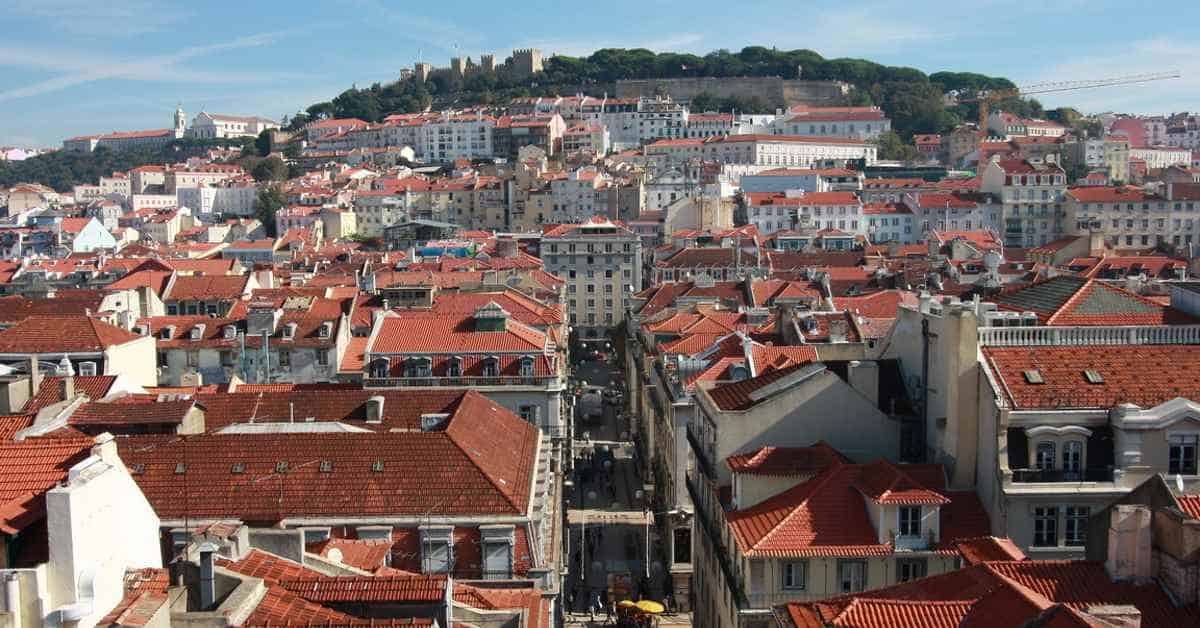
locals and general atmosphere
In recent surveys, Portugal was ranked among the five safest countries in the world, and tourists will indeed testify that, with the exception of pickpockets, you can walk around it with a sense of security.
During the summer vacation months, which are preferred by most visitors, the locals go on vacation and the city remains lively and happy and populated mainly by the crowds of tourists. In mid-September, the students return, an autumnal atmosphere fills the city and until the November rains you can enjoy an authentic night life alongside the locals, known worldwide as warm and fun-loving.
orientation
The city is divided into districts that are different from each other and each of them has its own uniqueness and charm.
In a woman: District bordering the Tagus River. It was rebuilt after the last earthquake and you can find beautiful squares, boulevards connecting them, cafes and restaurants. This is the beating heart of Lisbon, an area bustling with life during the day and into the evening.
Shiado: A district built on a hill but accessible to public transportation and considered very central. This is the shopping center of the city and you will find the well-known chains alongside luxury brands, but also cafes, museums, monasteries and theaters.
alpama: The old quarter of Lisbon. Located up a steep hill and less accessible to public transportation. It is built with narrow alleys that give a glimpse of the city's past, spectacular vantage points and twice a week there is a must-visit flea market.
In Euro Alto: Shopping enthusiasts will enjoy this area built as a pedestrian street where galleries and local boutique shops are intertwined. In addition, this is the area where Lisbon's nightlife is concentrated and it is bustling with crowded and happy local bars.
brake: is about half an hour's drive from the center. A preserved neighborhood that was relatively undamaged during the earthquakes and it is recommended to spend a day wandering around the picturesque parks, churches and monuments there.
Food
Portuguese cuisine is known mainly for seafood and in fact it is a country that consumes the most fish and seafood compared to other European countries. These go well with wine, which is also among the most popular drinks in the region, especially the sweet port wine. This is probably a less successful destination for those who want street food, but the local restaurants are quite diverse so you probably won't be disappointed.
As with any destination, the further you get from the city center the more affordable the prices will be and you will be able to enjoy the company of the locals.
Important Information: The bread and appetizers served in the center of the table are not free. If you eat from them, you will be charged at least 1-2.5 euros per person and it is acceptable to ask the waiter to take them away if you are not interested in them.
tip: It is customary to leave a tip of 5-10% and no more.
Concerts, music and nightlife
Fado is the style of music associated with Lisbon and also the accepted form of entertainment there - listen to it. It is folk music, melancholic, equivalent to the American blues. But make no mistake, lovers of dancing and drinking will be able to take public transportation to the Bairro Alto area and its adjacent neighborhoods, where they will find a selection of pubs and nightclubs.
It is important to be prepared for the fact that drinking is not cheap compared to other large cities in Europe, and that sometimes there is a minimum entrance fee that you will be required to pay.
Shopping
Lovers of mainstream and luxury stores will find what they are looking for mainly in the neighborhoods in Aisha and where the big chains are concentrated. For fans of malls, or those who come across a rainy day, it is recommended to go to one of the malls: Colombo (where there is a Primark branch), Omreires or Vasco de Gacama. For an outlet, you will need to drive about 35 minutes across the river, to Freeport-Outlet.
For local markets, boutique shops and artist stalls, you should go to the Principe Real neighborhood, the flea market in the Alfama neighborhood and the Factory pedestrian street where an artist market is held on Sundays.
lodging
The city is networked in many hotels From which you can choose according to your budget. Another option is staying in an apartment through Airbnb, or a hostel.
Before choosing the place and making the payment, it is recommended to check its location, the distance from the city center, accessibility to public transportation, and to examine the topography of the area.
The main districts where most of the tourist sites are located are Baisha and Shaido and this is also the recommended area for accommodation. It is important to note that Aisha is considered flat, while Shiado is mountainous, both are accessible to public transportation, but when traveling with children, adults or those with any kind of disability, you should take this into account.
For those who want to sleep near the nightlife, it is recommended to spend the night in Shaido or Iro Alto. Both are beautiful, romantic and their nightlife is lively, but note that both are on hills Steep. Those who choose to sleep in the Alfama district will enjoy an authentic atmosphere alongside the locals and the rich past of the city, as described in the movies. It is less comfortable for walking and less well maintained, but offers a special experience.



